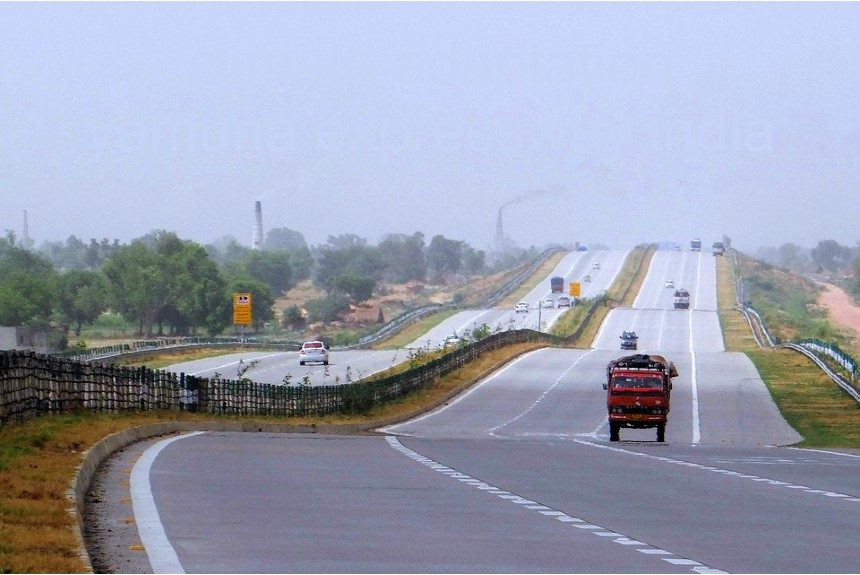Envisioning as an Atmanirbhar Bharat or a self-reliant India, the government announced a package of infrastructure projects to help boost the economy that the pandemic weakened.
The Indian Express article announced India’s plan to roll out 7,400 national infrastructure projects, the Atal Mission for Rejuvenation and Urban Transformation (AMRUT), and Smart Cities Mission. These projects offer opportunities to mainstream climate risks and nature-based solutions (NbS) into its infrastructure.
The article says that climate change effects like temperature rise and increased frequency of extreme climatic events result in significant economic losses and add pressure beyond the infrastructure designed thresholds, which can risk collapse.
Climate change risks to infrastructure highlight the need for urgent investment for its adaptation and resilience to withstand its impacts.
The costly consequence of climate change should spur actions from both public and private sectors to climate-proof or build resilience in infrastructure and ensure that climate change policy and risk are integrated into future infrastructure decisions.
This move will require a framework that will influence and incentivize climate actions and better data regarding climate change risks, costs, and infrastructure performance.
The article also proposes a ‘no regret’ approach to climate-proofing as an economically sound decision because the cost of climate proofing is lower than no action.
For example, the article mentions Christchurch New Zealand’s “climate-sensitive” planning, which resulted in rapid power restoration after the earthquakes in 2011.
The article mentions nature-based solutions (NbS) and hybrid infrastructure – combining the green and grey infrastructure that India’s can adopt in their infrastructure development plans. It cites New York’s savings of USD 1.5 billion by implementing a hybrid infrastructure as its climate adaptation solution.
Infrastructure investments can spur growth, but it also needs to consider climate impacts. Hence infrastructure investments should be low-emissions, energy-efficient, and climate-resilient for it to be a long-term and sustainable solution to climate change, the article says.
Source:
Murthy, I. (2021, March 16). Climate change: How infrastructure can weather the storm. The Indian Express. Retrieved from https://indianexpress.com/article/opinion/editorials/climate-change-how-infrastructure-can-weather-the-storm-7231125/



Leave a Reply